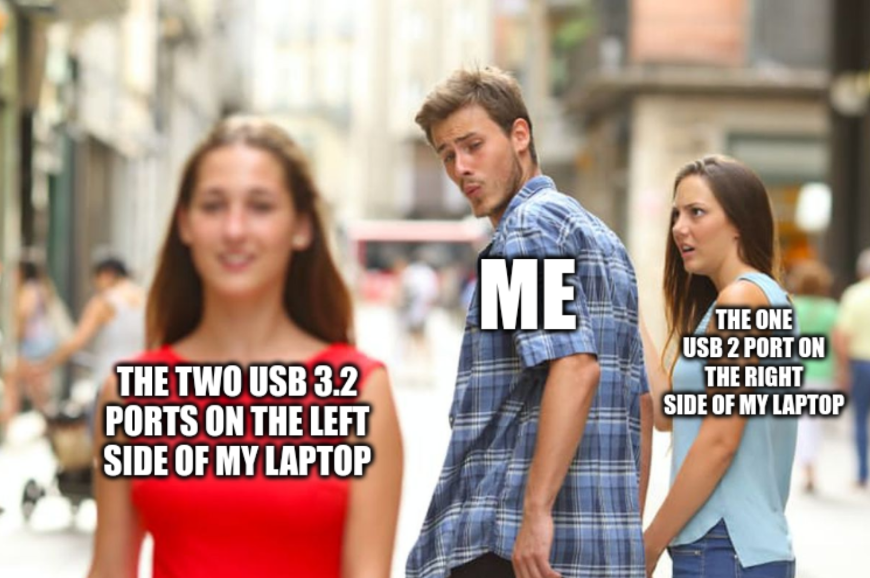Sorry if this is a yapathon, this is a detailed issue, and I will put an AI summary in the comments
I have already made a post about that but that was outdated and I learned some new information. If anyone thinks it's cluttering their feeds, I will delete the post, just ask.
I have been absolutely stumped by this issue that I'm facing, even as a 5-year Linux user. I have just got my hands on a Getac F110-G2 tablet. It came with Windows 10 pre-installed, and everything functioned perfectly fine. Of course, I don't like Windows and I shortly went to installing Debian, and got a GNOME live image straight from their website. I downloaded, flashed to a USB drive, and installed. The installer booted and functioned perfectly fine, with the only weird thing being a random signoff which didn't seem to break anything. One thing to note is that I installed and started gpsd, but that shouldn't mean anything because that was a live image. I clicked reboot, and the tablet seemed to reboot normally, until the boot process started.
When nothing happened but a black screen for a minute, I rebooted my tablet, but that didn't do anything either. Than, I rebooted to the installation media to try another install. It was black too. This caused me to try re-flashing the USB drive with the same Debian, but no luck. I tried to disable TPM which I know can cause some issues, and still no luck. I also switched between UEFI and Legacy boot modes, and observed that the installed version of debian had only installed on legacy. I contacted Getac support because no secure boot toggle was in the BIOS, and they directed me to it. I disabled secure boot and still no luck. I've tried again a few times, and that's where I'm at. Also note that I've tried with my TV as a display and that didn't work either, so it's definitely not a display issue. I tried a different USB stick with no luck, and it seems like my tablet is just soft-bricked from now on.
So where to now?
- I've thought about installing the SSD to my PC's motherboard, wiping it clean, and then re-installing to try and boot.


I disagree. GNOME is a bit buggy, but plasma is not designed for touch, and I think that matters a lot. Steam deck also has touchpads that most users use when mousing about their regular de, the steam decks touch support is mainly meant for the steam bigscreen ui.